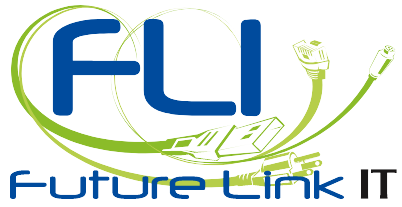
Since 2015, 23% of employee’s report doing some amount of work from a remote location. As this number continues to increase, determining the best way to access data when working remotely has become a topic of concern.
Productivity, efficiency, reduced stress and reduced overhead costs are real benefits that businesses are seeing as a result of working remotely. 68 percent of millennials said an option to work remotely would greatly increase their interest in a specific employer and American Express reported annual savings of $10 million to $15 million thanks to its remote worker options, according to remote.co.
Workspace tops the competition for data share options
- Workspace: Shares from the server to any device regardless of type.
- Workspace: Can share files with a third party while capturing real-time changes.
- Competition: Limits the box size to what each user is willing to subscribe to and stops syncing when the box limit is reached.
- Competition: Editing files requires users to download, make changes, save over the old file and re-upload increasing the chances of multiple files or missed changes.
- Workspace: Users can open, edit, share and save from the same application in real time limiting the possibility of missed changes.
- Workspace: Offers automated backups of all files saved to a server so you have access to the latest files at all times from any location.
- Competition: Users must be invited to share or view files, have their own accounts and someone must control the main files and who has access. This is extremely crucial if someone leaves a team or the company putting files at risk.
Next time someone on your team considers working remotely, know that they can avoid the dreaded comment “I forgot the file on my work computer” or “the server won’t let me access the file I need” simply by using a more intuitive data share program like Workplace Software. If you want a demo or more information, talk to a tech team like the one at Future Link IT.
